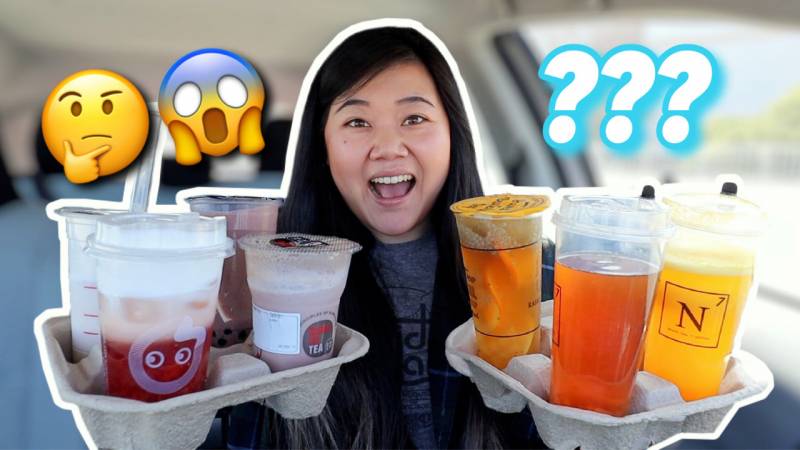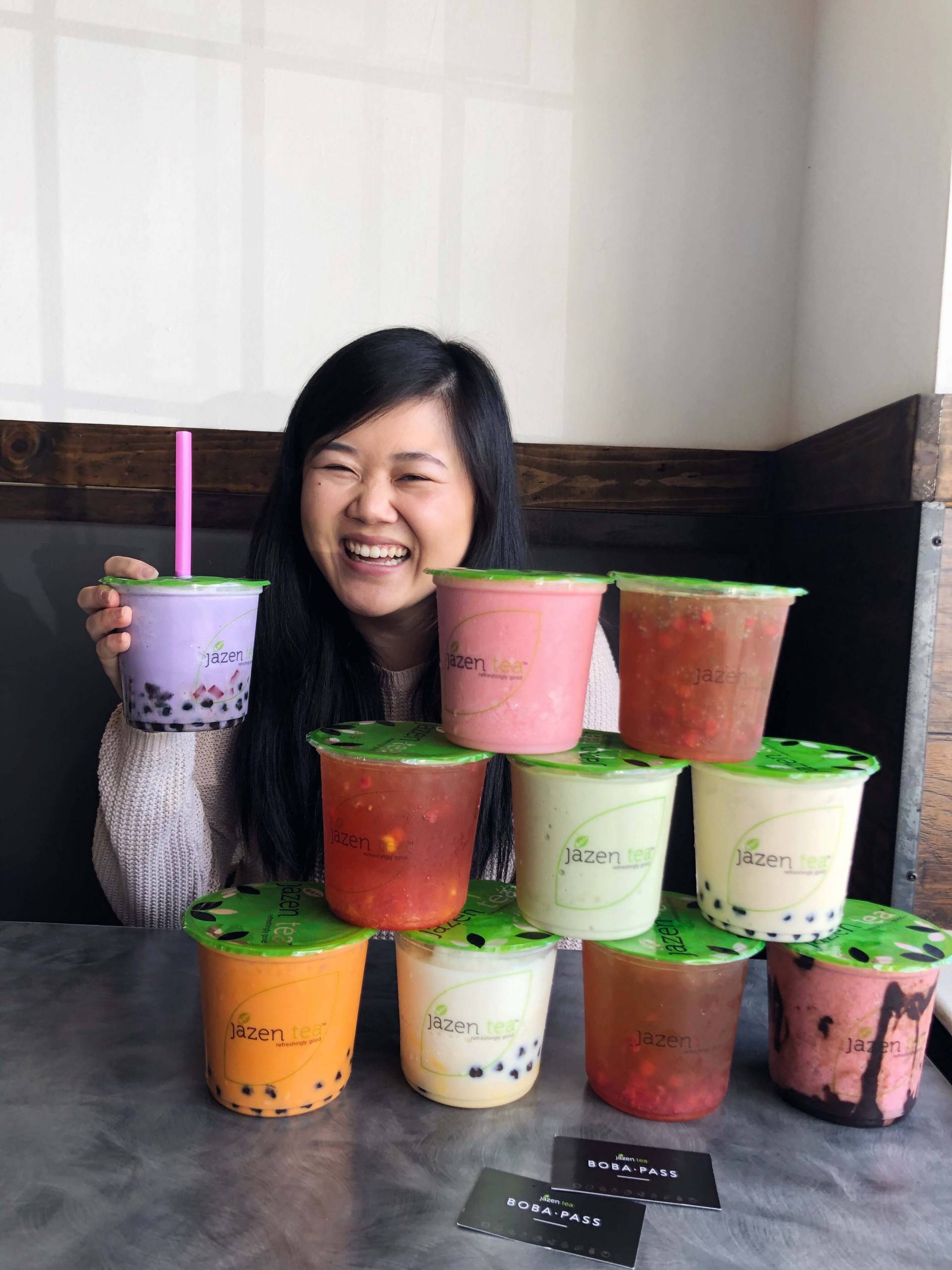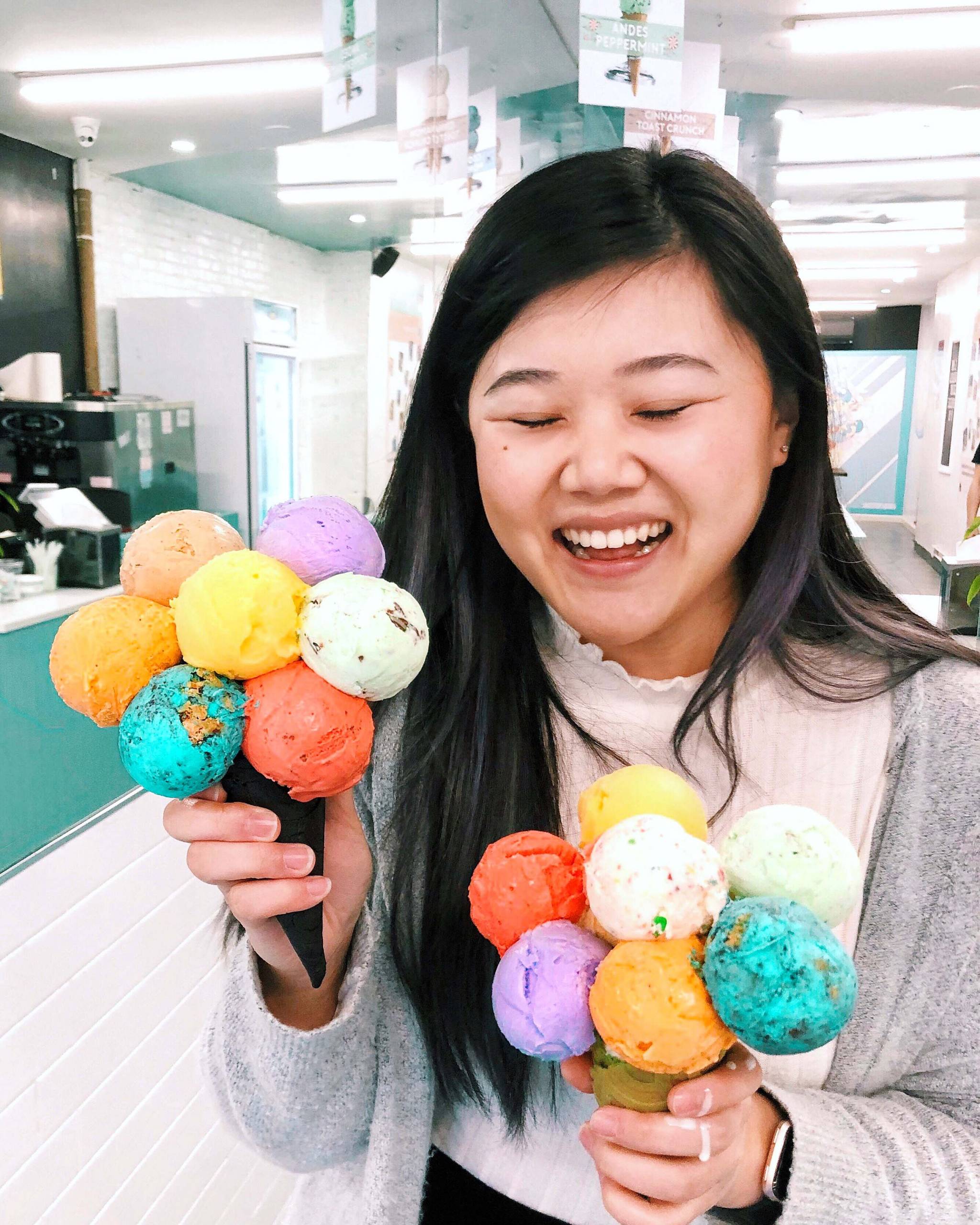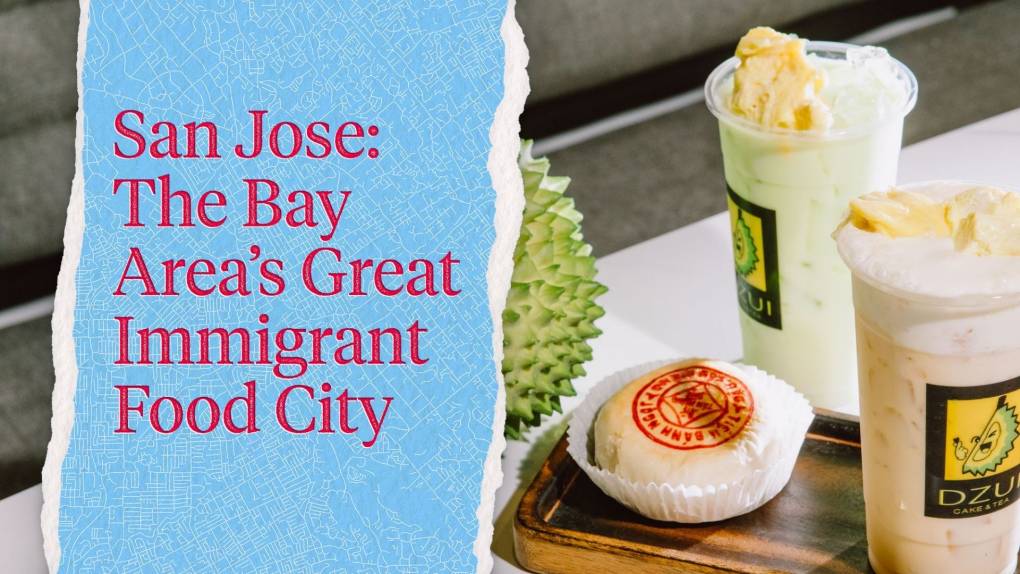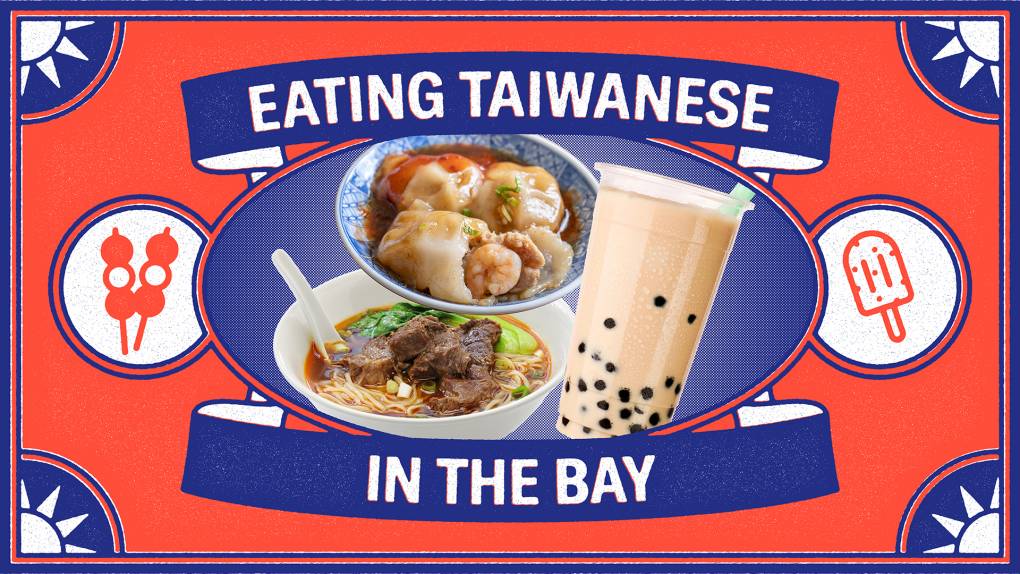“Every week, I would have piano lessons, and if I did well, my teacher would give me a sticker. If I got a sticker, then my mom would take me to Tapioca Express, ” says Alyssa Wang, who goes by the online name Feed Meimei. “So I’ve always loved boba since I was a kid.”
For Asian Americans of a certain generation, this kind of childhood nostalgia is commonplace. But Wang, 27, is one of the only ones who has transformed her boba love into a career. She is the internet’s likely first full-time boba content creator.
Today, Feed Meimei boasts more than 605,000 subscribers on Youtube, 737,000 followers on her Tiktok and 242,000 followers on Instagram. Over the past five years, Wang has made more than 70 Youtube videos documenting her countless visits to Bay Area boba shops. Wang’s favorite boba shop in the Bay Area, Urban Ritual, even named a drink after her. The drink is currently one of the store’s top three sellers, according to founder David Zhou. Whenever Wang posts about Urban Ritual, the store usually sees a 10 percent uptick in sales.
In that sense, Wang has become one of the most powerful people in the Bay Area boba scene—a kingmaker of sorts whose videos, many which are filmed inside her car, often wind up having a real impact on a small shop’s business fortunes. It’s a future that Wang never could have imagined when she was a college student posting food recommendations just for fun.
From Software Engineer to Social Media Creator
Wang’s food blogging journey began in 2013 when she was a freshman at UC Davis studying computer science and psychology. As a hobby, she made @davis_eats, an Instagram account documenting her adventures exploring the college town’s food scene.
